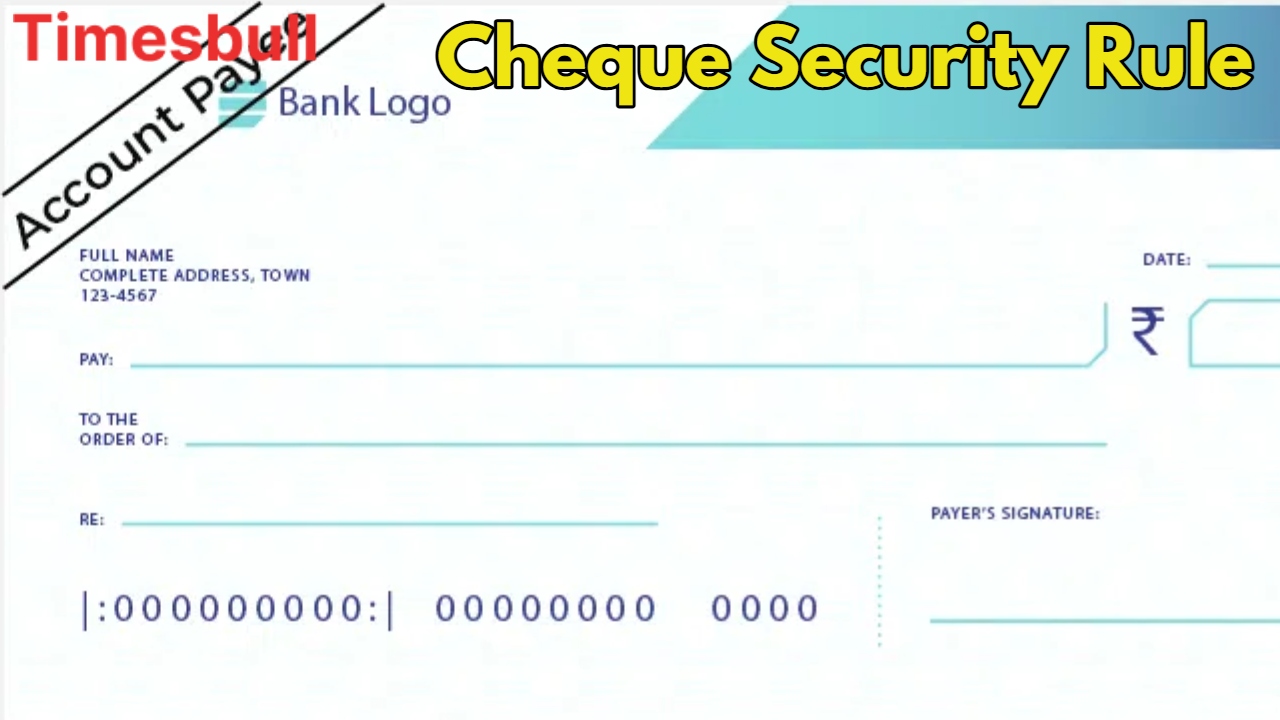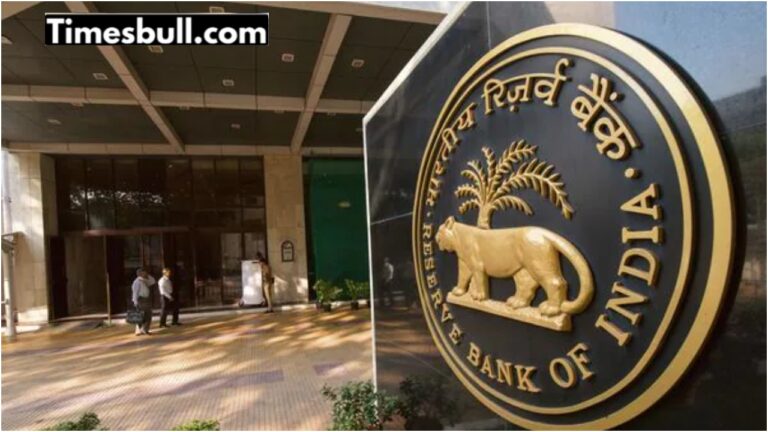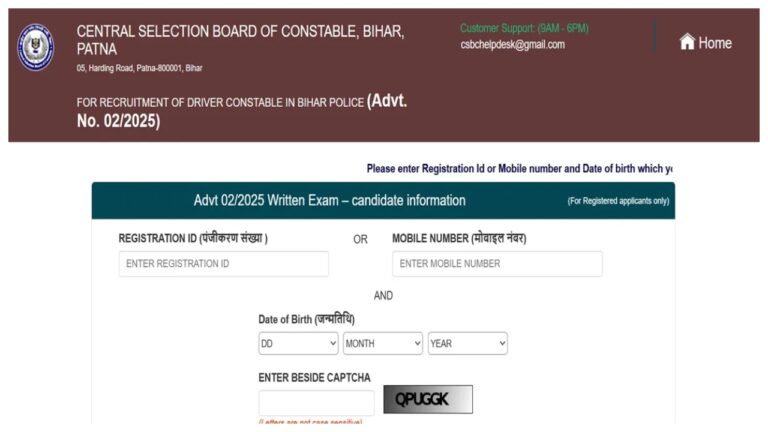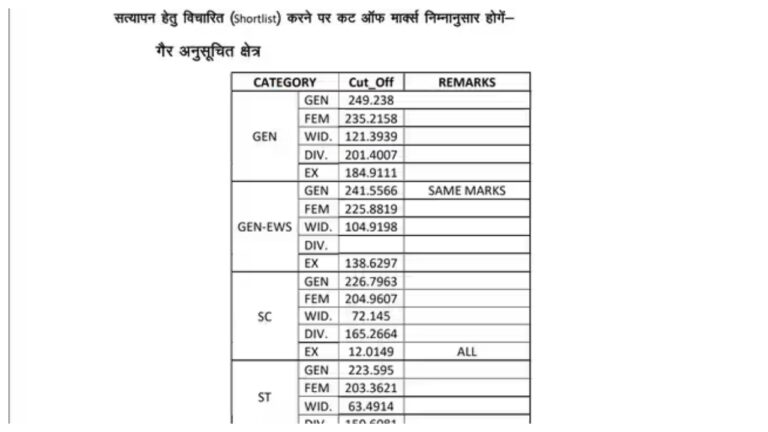Almost everyone does banking. However, very few people use cheques. At the same time, many people are not even aware of the different types of cheques. One such cheque is a cross cheque, on the top left corner of which two parallel lines are drawn. Do you know why these lines are drawn? Let us know every detail of a cross cheque as per the Negotiable Instruments Act 1881. This information will prove to be extremely helpful in understanding your financial transactions! You cannot withdraw even ‘one rupee’ in cash from a crossed cheque.
According to section 123 of the Negotiable Instruments Act 1881, the person issuing the cheque tells the bank through two lines drawn on the left corner of the cheque that it is a crossed cheque. The special thing about this cheque is that you cannot go to the bank and withdraw cash from it! This is a secure way to make payment.
Payment will be made ‘only’ in the account
By crossing a cheque, it is ensured that the payment will be made only in the bank account. This payment can be made to the person whose name is written on the cheque. Or that person can also endorse the cheque in someone else’s name, for which he must sign on the back of the cheque. This is an effective way to protect your money from falling into the wrong hands.
General crossing
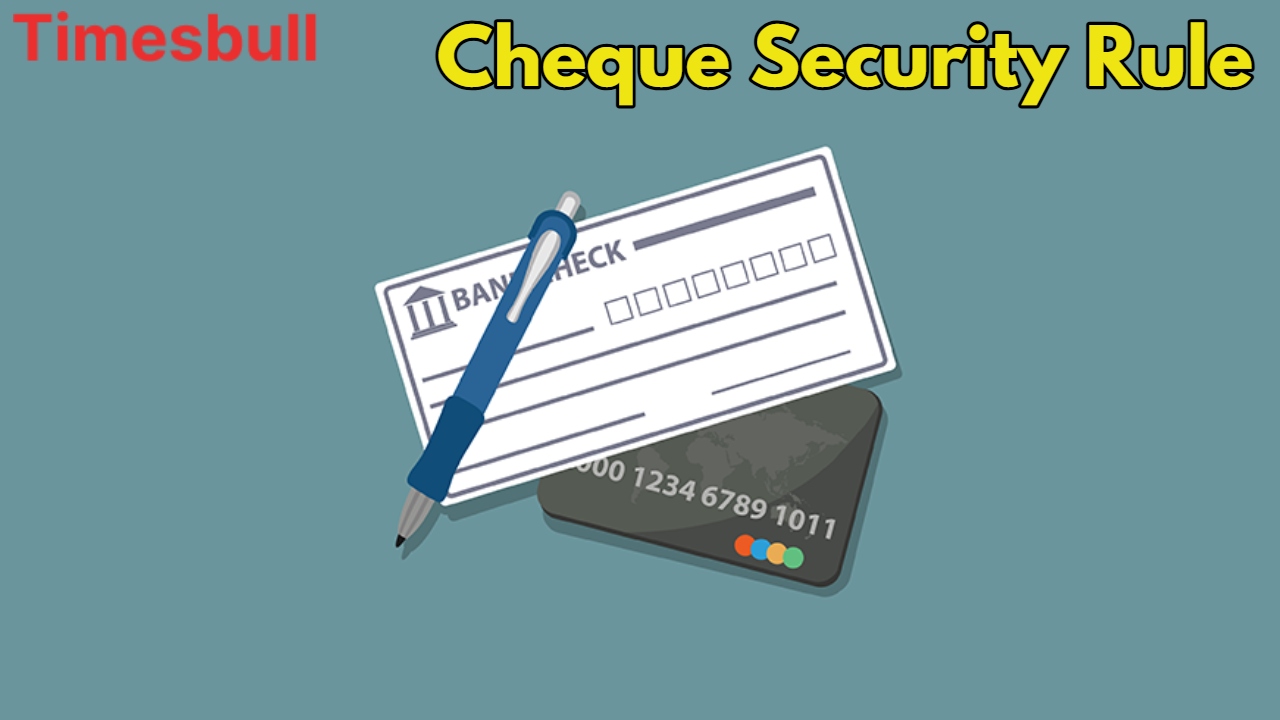
There are many types of cross cheques. The first is general crossing, in which two lines are drawn on the edge of the cheque. Everything we have discussed about cross cheques so far comes under general crossing. This is the most common type of cross cheque.
Special crossing
According to section 124 of the Negotiable Instruments Act 1881, special crossing is done when the person issuing the cheque wants the money to go to the account of the person to whom the money is to be paid in a particular bank only. Suppose the person to whom the money is to be paid has accounts in many banks.
In such a situation, the person issuing the cheque can write the name of the bank by drawing two parallel lines on the blank space at the bottom of the cheque. In such a situation, money through that cheque can be deposited only in the account of the bank whose name is written on the cheque. This makes your payment even more secure.
Account Payee Crossing
If Account Payee (A/C Payee) is written between the crossing lines in the cheque, it means that only the person in whose name the cheque has been issued can withdraw money from it in his account. He can withdraw money by depositing the cheque in any bank account. However, if the name of a bank is written while doing special crossing, then the money will go only to that bank.
The most special thing about this cheque is that it cannot be endorsed by anyone else. Its money will go only to the account of the person whose name is written on the cheque. Let us tell you that this is not mentioned in the Negotiable Instruments Act 1881, but many banks follow this practice. It is also mentioned on the HDFC Bank website. This is a powerful way to make your payment extremely secure.
Why are cross-cheques issued
The purpose of issuing a cross cheque is only that the amount of the cheque goes to the person to whom the person issuing the cheque wants to give it. In such a situation, even if the cheque falls into the wrong hands, that person will not be able to withdraw money from it. That is, crossing the cheque increases its security. This is a basic but important way to make your financial transactions secure.
There are 7 types of cheques
A cheque is a document through which you order your bank to withdraw the amount written in the cheque and give it to the person who has given you the cheque. This is exactly the work of a cheque, but with small changes, these cheques are used in different ways. There are not one or two but 7 types of cheques, most of which very few people know about. This information will enrich your financial knowledge.
Bearer Cheque: It is written on it that the amount written on it should be given to this person or the bearer who brings this cheque. The bank gives the amount written on it to the person who has this cheque. Before making the payment, the bank does not even check whether the cheque belongs to that person or he has stolen it from someone. Because these cheques can be transferred to anyone.
Order Cheque: These cheques are exactly opposite to bearer cheques. In these, the word ‘or bearer’ written on the cheque is crossed out or cancelled. The amount written on this cheque can be given only to the person whose name is written on it. Before making the payment, the bank does a little background check of the person whose name is on the cheque. The bank pays the cheque only after being completely satisfied.
Crossed Cheque: We have already talked about this in detail above.
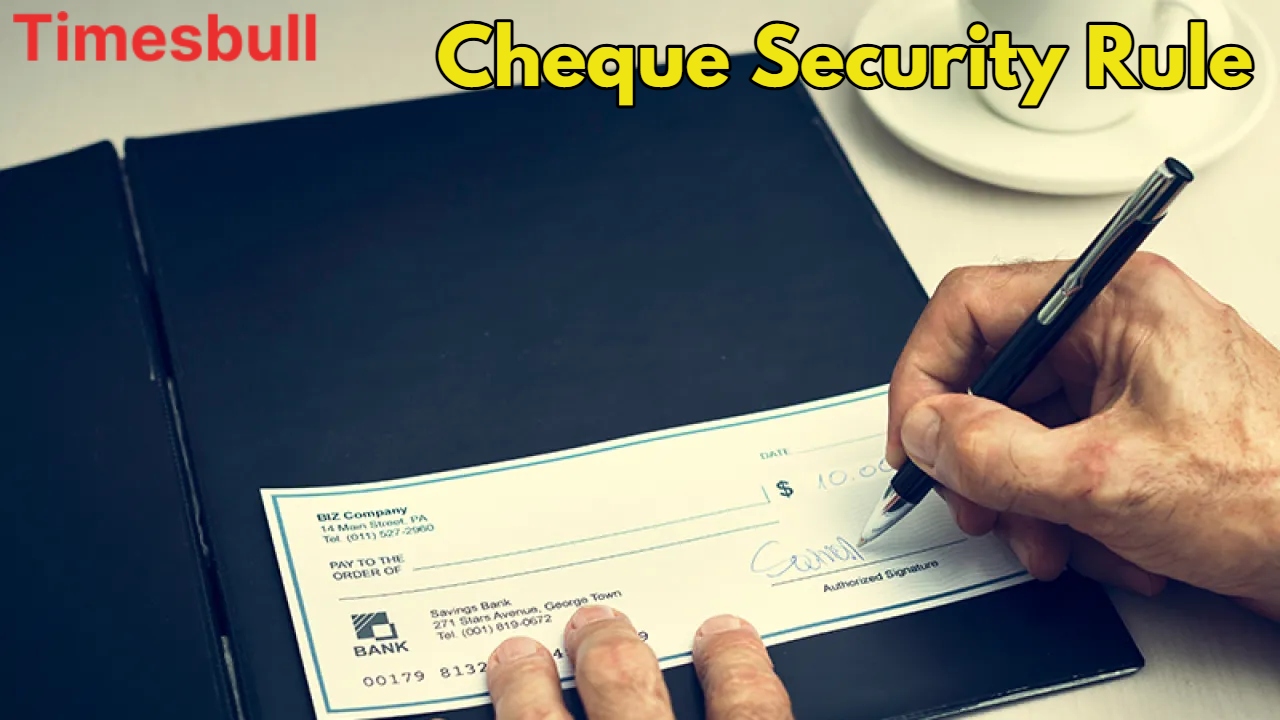
Post-Dated Cheque: This type of cheque is for use on a future date. Such cheques are issued in business or any work where money has to be paid at a later date. These can be used for the maintenance of various societies. Sometimes such cheques are also used in business transactions to make payments at a later date.
Stale Cheque: A cheque whose validity has expired 3 months before the cheque was issued is called a stale cheque. Such cheques are no longer valid.
Traveller’s cheques: Another amazing feature of traveller’s cheques is that they have no time limit. If some cheques are saved during your trip, you can use them for your next foreign trip too. This ensures the most efficient use of your money.
Cancelled cheque: A cancelled cheque is a cheque on which a person writes ‘Cancelled’ and draws a line above and below the word ‘Cancelled’ joining both corners of the cheque. This type of cheque is used to give proof of your banking information.
